String Pots – Potentiometer Output
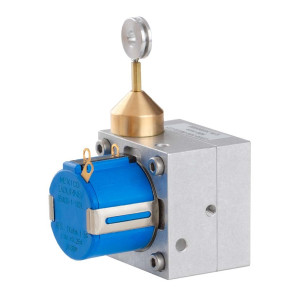
Potentiometer output draw-wire sensor
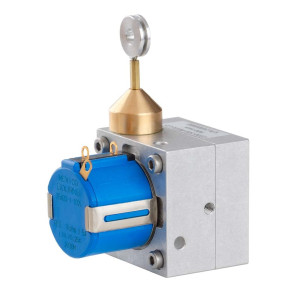
Potentiometer output draw-wire sensor
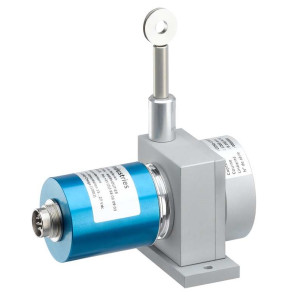
Potentiometer output draw-wire sensor
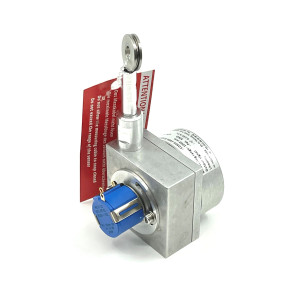
Potentiometer output draw-wire sensor
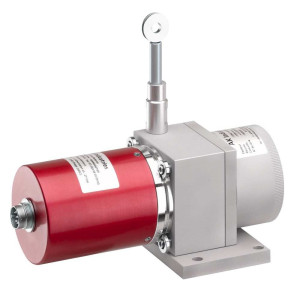
Potentiometer output draw-wire sensor
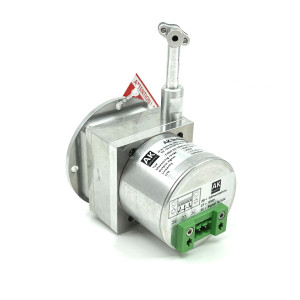
Potentiometer output draw-wire sensor
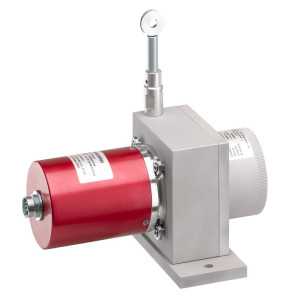
Potentiometer output draw-wire sensor
Potentiometer output draw-wire sensor
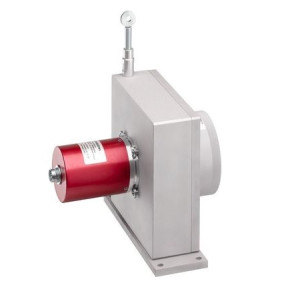
Potentiometer output draw-wire sensor
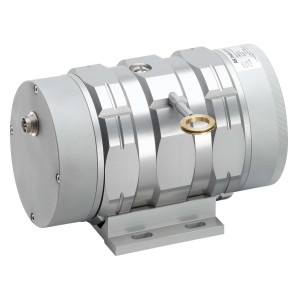
Potentiometric output draw-wire sensor
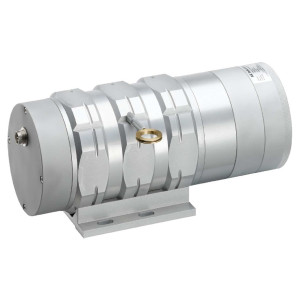
Potentiometric output draw-wire sensor

Potentiometric output draw-wire sensor
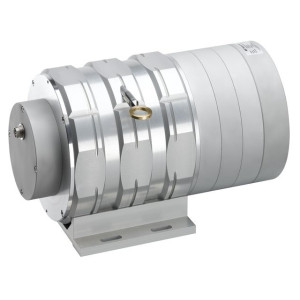
Potentiometric output draw-wire sensor
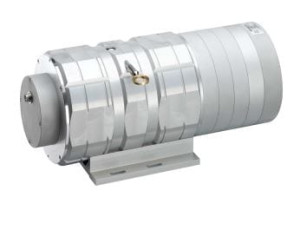
Potentiometric output draw-wire sensor

Potentiometric output draw-wire sensor
Learn about analog voltage output sensors, their working principles, and applications in test rigs, industrial automation, and robotics.
It's a type of draw-wire displacement sensor that uses a traditional potentiometer to produce an analog voltage output. As the string extends or retracts, it rotates a potentiometric element inside the housing, which changes resistance and outputs a variable voltage signal proportional to the wire's position.
The internal potentiometer divides an input voltage (typically 5V or 10V DC) across its resistive track. The wiper moves as the string moves, changing the output voltage. For example, a 0–5V input might give you a 0.5–4.5V output corresponding to the full travel range.
Potentiometer outputs are: Simple to integrate with analog systems, Cost-effective, Fast-response (no signal delay), Ideal for short cable runs or when signal conditioning isn't needed. They're a good choice when high-speed analog feedback is more important than absolute accuracy or noise immunity.
They're accurate for many applications, with typical linearity in the ±0.25% to ±1.0% range. However, if you're working in high-noise environments or need higher resolution, consider models with digital or conditioned analog outputs (like 4–20mA or 0–10V).
Since the potentiometer acts as a passive device, it requires an excitation voltage—usually 5V or 10V DC. The output voltage will be proportional to this input, so keep your system calibrated accordingly.
Yes, most microcontrollers, PLCs, or data acquisition systems with analog input pins can read the voltage output directly. Just ensure the excitation voltage and voltage range match your system's input specs.
Yes, some limitations include: Sensitivity to electrical noise over long cable lengths, Output depends on stable excitation voltage, Wear over time (since it's a contact-based sensor). For long-distance runs or harsh environments, a sensor with a conditioned signal (like 4–20mA) might be a better fit.
These sensors are widely used in: Test rigs, Mobile equipment, Industrial automation, Simulators, Packaging and material handling systems, Robotics and prosthetics. Anywhere you need compact, real-time position feedback.
Quality potentiometer-based string pots can last over 1 million cycles. Look for models with precision bearings and durable housing for best longevity.
Many are available in sealed or ruggedized enclosures with IP65+ ratings. Check the product specs—if it's rated for harsh environments, it can handle outdoor use with appropriate installation.